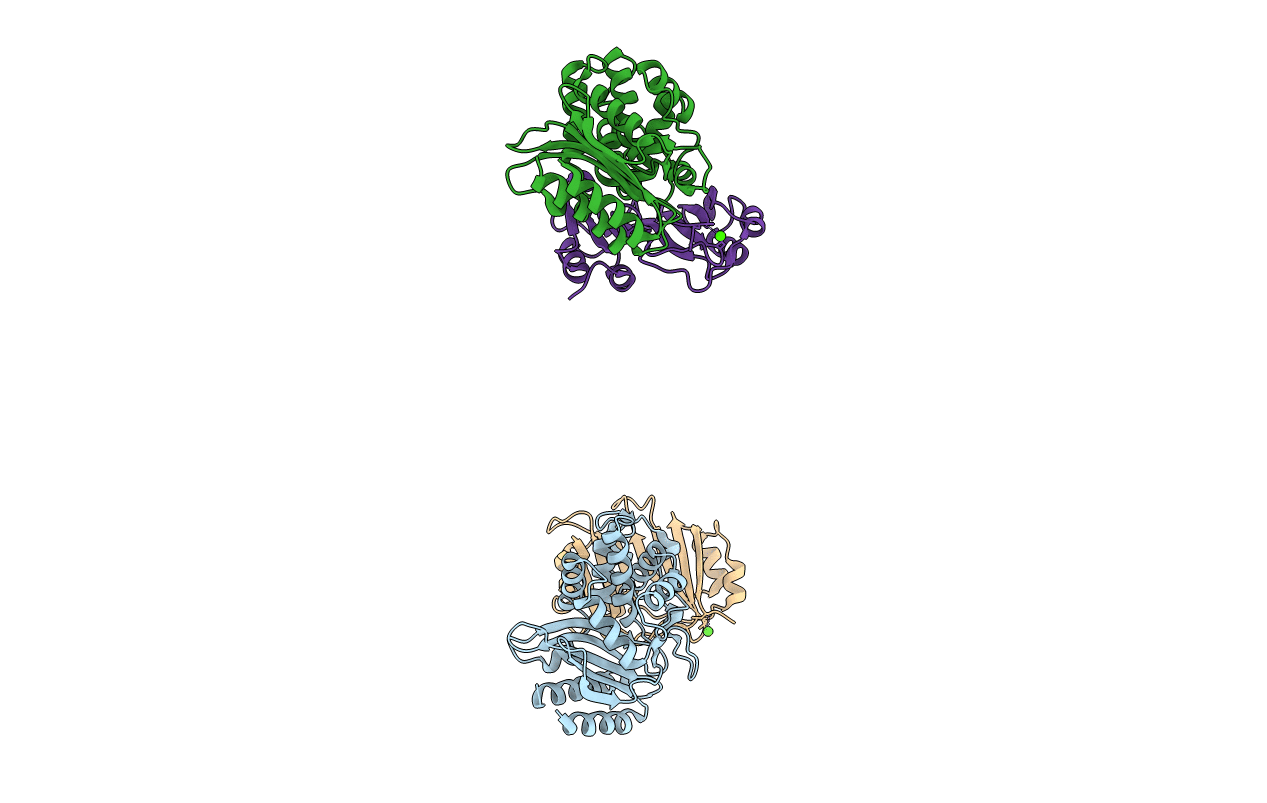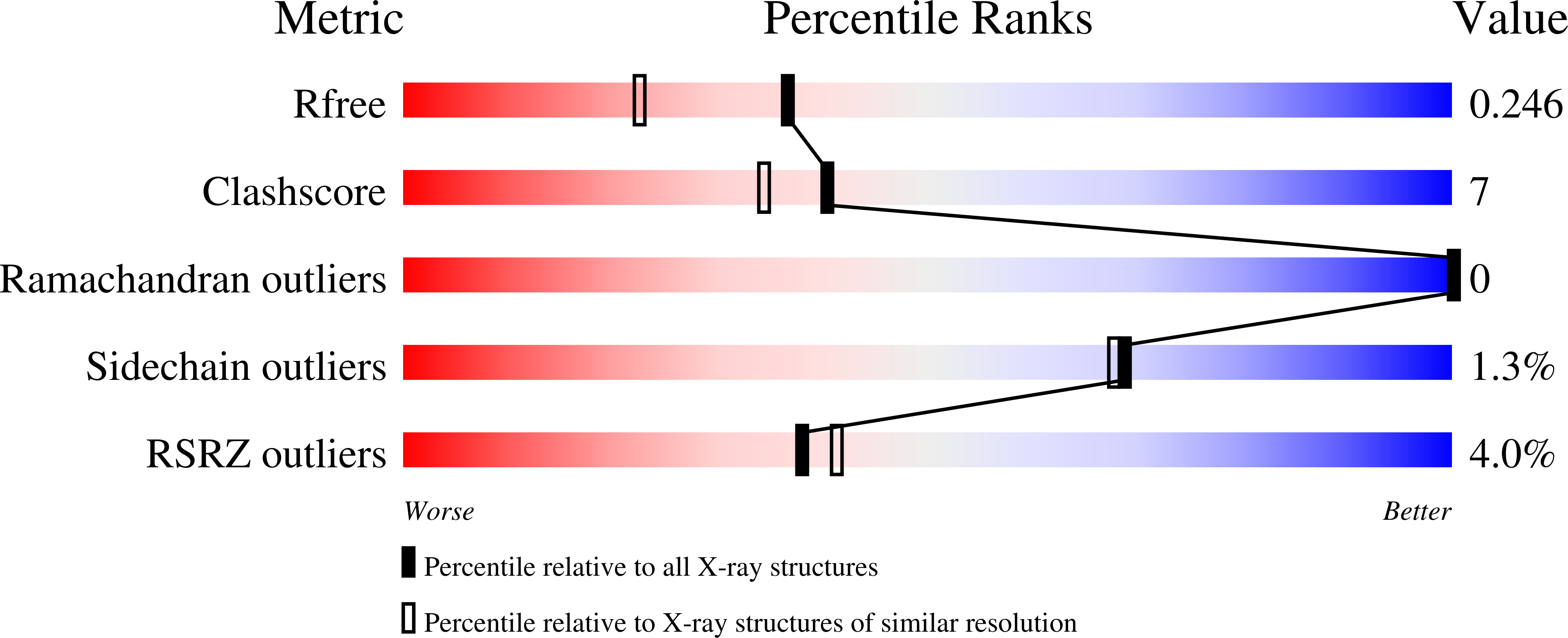
Deposition Date
2004-11-07
Release Date
2005-01-18
Last Version Date
2024-11-13
Entry Detail
PDB ID:
1XXM
Keywords:
Title:
The modular architecture of protein-protein binding site
Biological Source:
Source Organism:
Escherichia coli (Taxon ID: 562)
Streptomyces clavuligerus (Taxon ID: 1901)
Streptomyces clavuligerus (Taxon ID: 1901)
Host Organism:
Method Details:
Experimental Method:
Resolution:
1.90 Å
R-Value Free:
0.24
R-Value Work:
0.21
Space Group:
P 21 21 21


